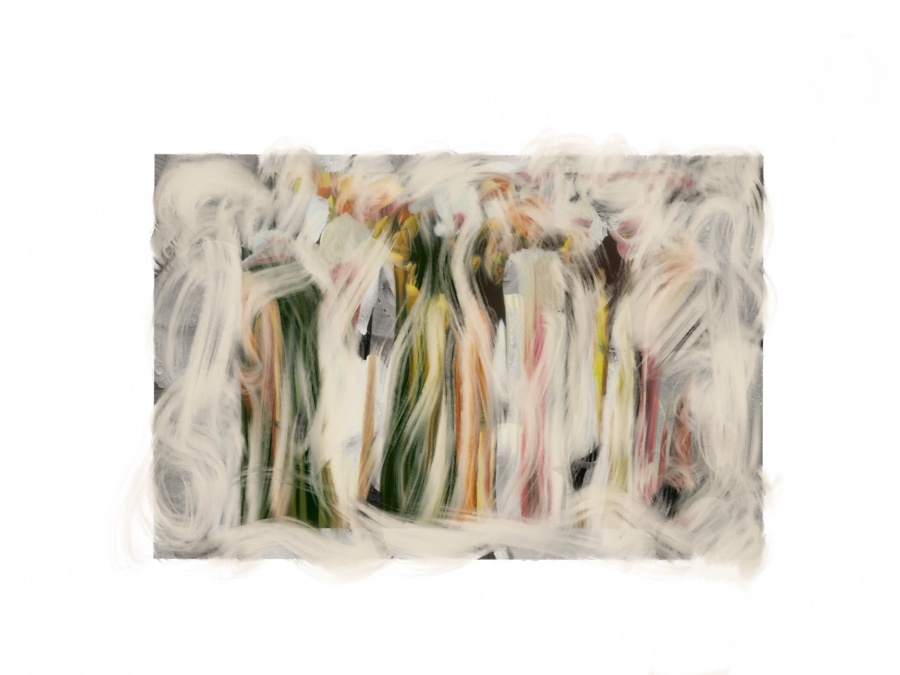Read More | 5.01.21 | Article by Mazzy-Mae Green and Greta Voeller | Art, culture, interview | MM18
ÔÇťThe photographs become just a set of material paints.ÔÇŁ
California-based artist Peter PhanÔÇÖs current works sit at the perimeters of photography, painting, and the found object. Constructed from a deep dive of archival data ÔÇô that once meant something to their author, but whose associations have faded with the passing of time ÔÇô these stitched-together prints exude a kind of trippy chaos as they play out across their quadrilateral frames in vibrant, kaleidoscopic forms. Through his collages, Phan critically examines the processes associated with photography, from the selection of equipment to the idea of capturing external life, by generating imagery through a combined process of the mirrorless camera, and the digital layering of these abstract shots.┬á
Read More | 19.12.20 | Article by Damián Ortega | Art, culture, interview | MM18
A couple of years ago, kurimanzutto, a gallery based in Mexico City, decided to open an office in Manhattan, New York. This new space did not aspire to be a proper exhibition space, like a gallery, but rather a place for meeting and discussing projects. In my conversations with M├│nica Manzutto and Jos├ę Kuri, the idea of ÔÇőÔÇődeveloping a project for the New York space arose. Thereafter, I met Bree Zucker several times, and together we conceived a project within the grid of the city, selected the artists, and invited them to participate. We decided to focus on the existing energy in the cityÔÇÖs communication channels and chose twelve phone booths, located on a circuit, running along the Avenue of the Americas, Sixth Avenue, between 51st and 56th Street. As a static, analogue system, these booths are now considered obsolete and on the verge of disappearing.┬á
The project includes work by Anne Collier, Glenn Ligon, Hal Fischer, Hans Haacke, Jimmie Durham, Minerva Cuevas, Patti Smith, Ren├ęe Green, Rirkrit Tiravanija, Yvonne Rainer, Zoe Leonard, and Cildo Meireles. Between Brazil and Mexico City, I sat down with Cildo ÔÇô┬áan old friend of mine ÔÇô to have a conversation on his project, his life, and his love of soccer.
Read More | 24.11.20 | Article by Olu Odukoya | Art, culture, interview | MM18
“The radicality of the shaped painting poses questions to a given architecture.”
Eric N. Mack is perhaps best known for his stretched, warped vision of painting that spans architecture, fine art and fashion; a perspective that he brings to “Pedestrian Profanities”, a show curated by the artist and presented at Simon Lee Gallery, New York, until 12th December. On the occasion of the exhibition, Olu Odukoya interviews Mack on his selection of works, and on the interplay between them.


